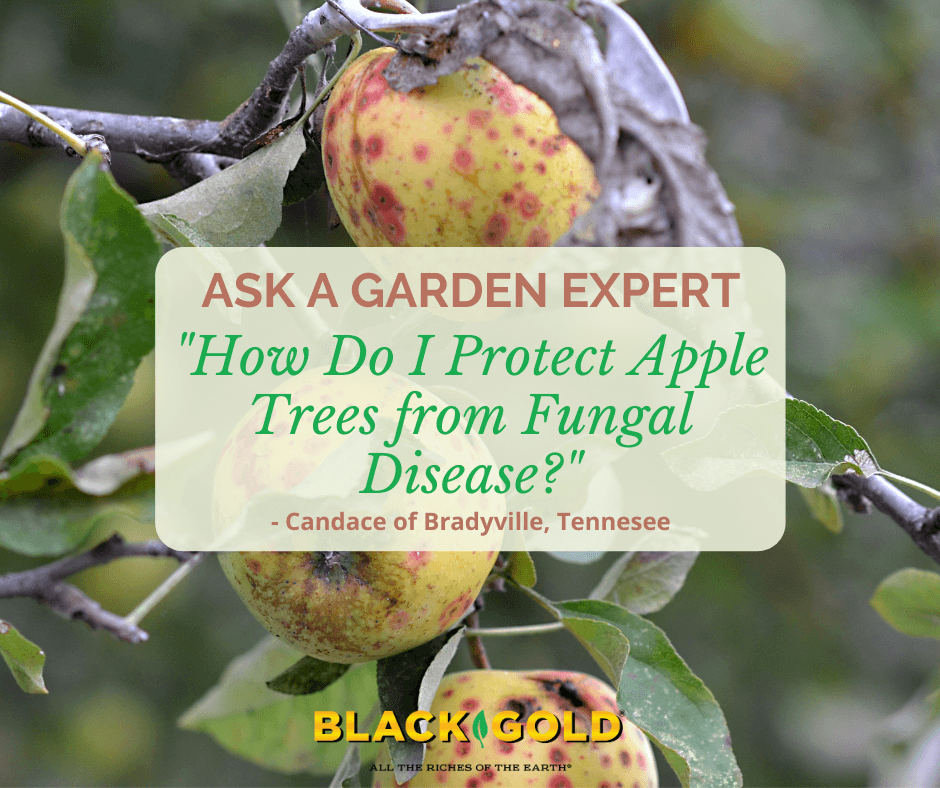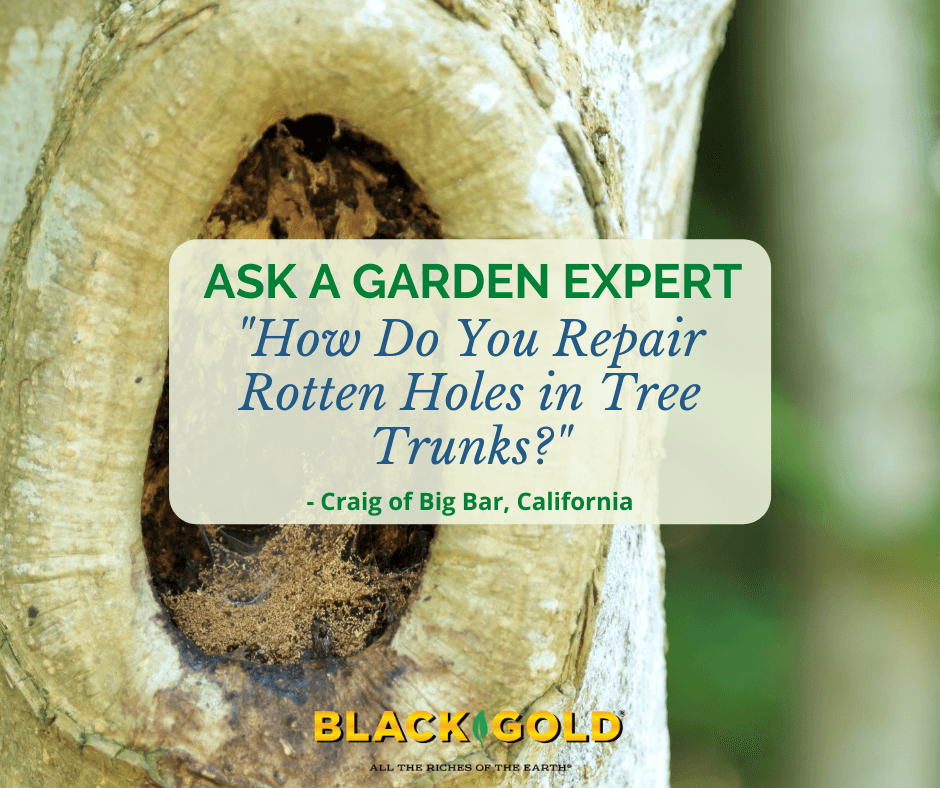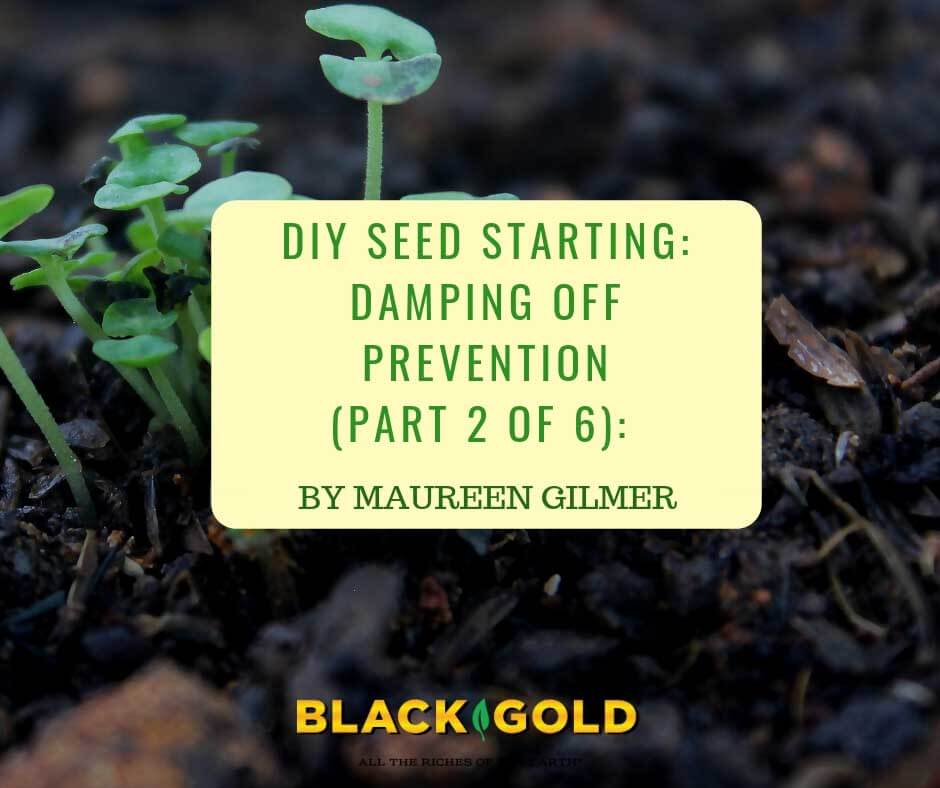“I have fungal diseases on my apple trees and fruits. I have tried all different sprays and had no results.” Question from Candace of Bradyville, Tennesee
Answer: Apple trees get loads of fungal diseases (Click on this link for a full list). Some cause trees serious damage while others are just disfiguring and reduce fruit set. Either way, you can reduce fungal disease problems by taking these steps.
Wet springs are sure to cause fungal disease symptoms on infected trees. There are several cultural and safe chemical means of controlling them. These include:
- Applying a dormant oil fungicide spray in late fall, again in late winter before the trees leaf out, and again after they begin to leaf out in spring. If the spring is unusually wet, apply an additional copper-based fungicide spray through the spring during a dry spell. (Click here to read more about dormant oil sprays.)
- Watching for leaf spotting when weather conditions are favorable, and spraying with a Bordeaux mixture fungicide of copper sulfate (CuSO4) and slaked lime (Ca(OH)2) as soon as they appear. (Note: Moist spring air between the temperatures of 40 degrees F and 86 degrees F encourages the onset of fungal diseases.)
- Spraying with a Bordeaux mixture fungicide during the growing months. This fungicide is effective and approved for organic growing.
- Removing badly infected or dying stems with clean shears or loppers as you see them.
- Raking up all of the fallen leaves that may carry disease in fall, and bagging and disposing of them in the garbage.
Repeat treatment yearly as needed, especially in moist years, to overcome this common fungal disease of apples!
Happy gardening,
Jessie Keith
Black Gold Horticulturist





